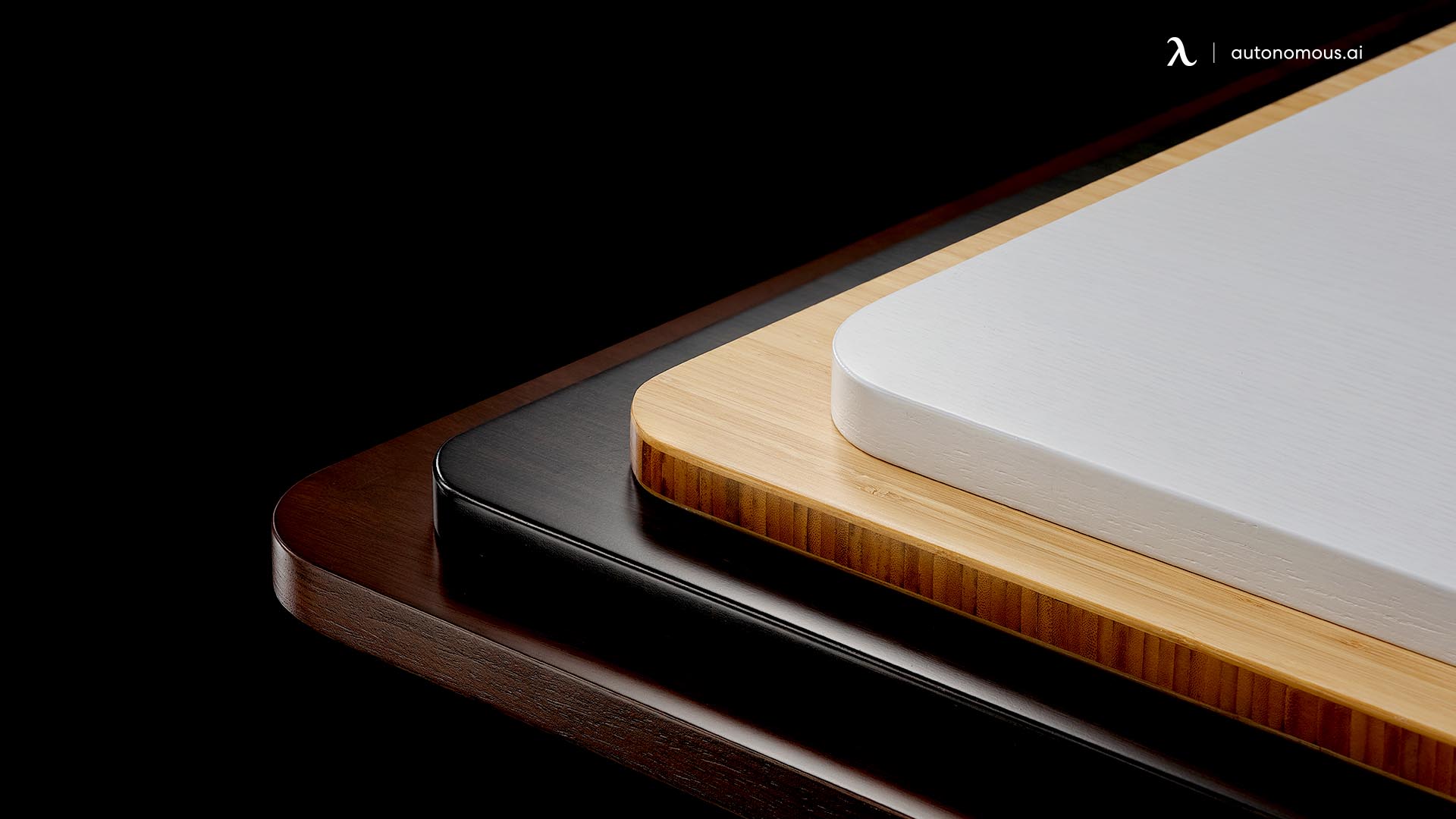
MDF Wood vs. Solid Wood Standing Desk Tabletop: Which Should You Choose?
Table of Contents
Choosing the right tabletop for your sit stand desk can make a surprising difference in how your setup looks, feels, and lasts over time. Whether you're setting up a home office or designing a full-blown workspace, one big decision you'll likely face is MDF wood vs solid wood. Each has its perks, and the better choice really depends on what you value more: budget, aesthetics, durability, or eco-friendliness.
Let’s break it all down to help you figure out which one’s the better fit.
1. What is MDF Wood?
MDF (Medium-Density Fiberboard) is an engineered wood product made from wood fibers, wax, and resin that are compressed into a smooth, dense board. It's often used in affordable furniture because it gives you a flat, even surface and takes paint or laminate finishes really well.
Most MDF desk tabletops come with a veneer, laminate, or powder-coated finish, which can mimic the look of wood or add a modern matte touch. Because of its consistency and low cost, MDF is widely used in office desks, bookshelves, and storage cabinets.
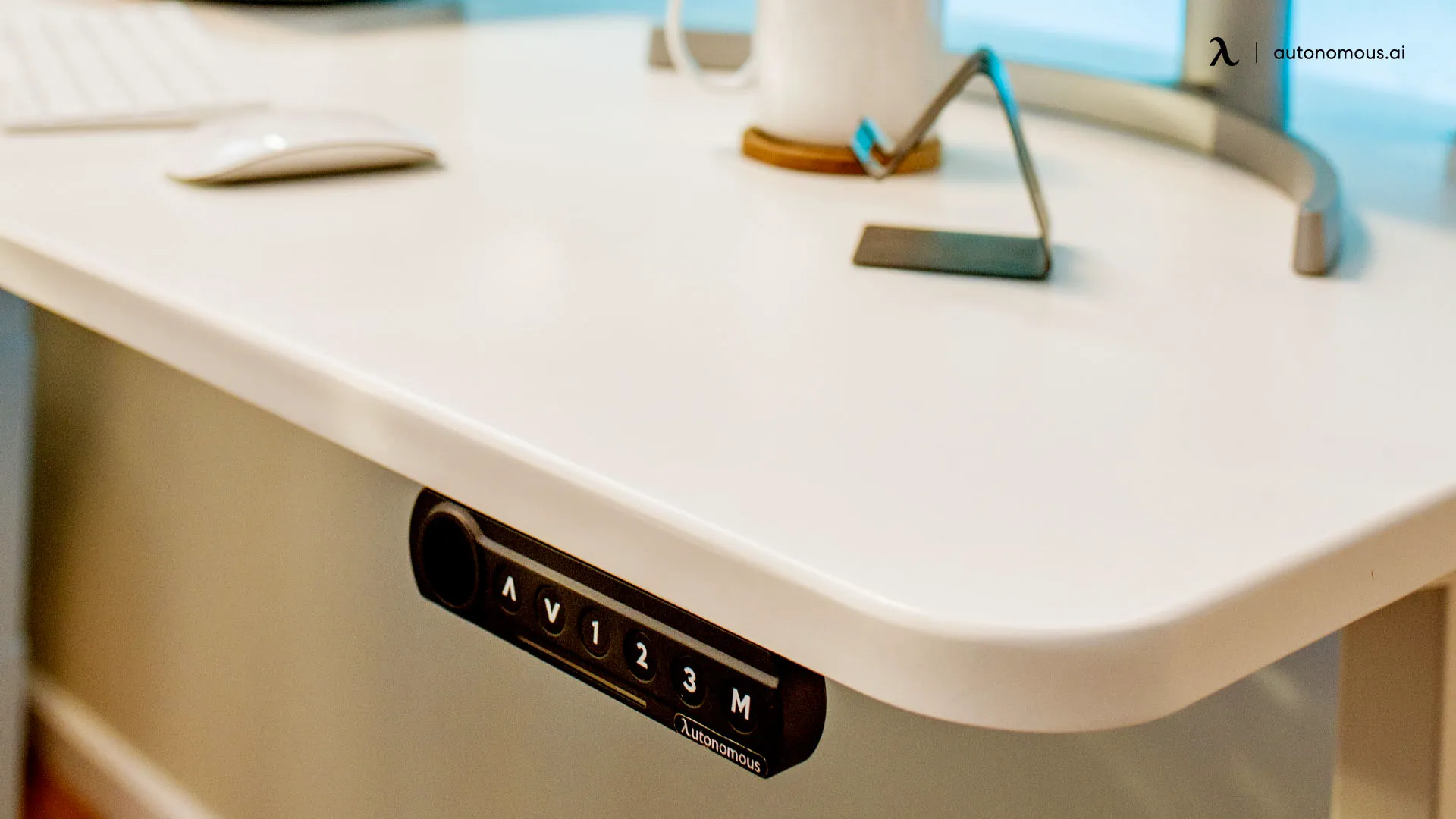
2. What is Solid Wood?
Solid wood is what it sounds like—natural wood cut directly from a tree. Common options for desks include oak, maple, walnut, and rubberwood. Every solid wood tabletop has its own natural grain pattern and texture, giving it a warm, organic feel you just can’t replicate with synthetic materials.
It’s often chosen for its durability and longevity, and it tends to age beautifully if cared for properly. That said, solid wood is heavier, pricier, and more sensitive to changes in temperature and humidity.

3. MDF Wood vs Solid Wood: Comparison Table
Feature | MDF Wood | Solid Wood |
Durability | Resistant to warping; may dent or sag under weight over time | Extremely durable; resists sagging but may warp or crack with humidity |
Scratch Repair | Surface damage is hard to fix; can’t be sanded easily | Scratches can often be sanded and refinished |
Aesthetics | Uniform surface; usually coated with laminate, veneer, or paint | Natural grain, unique patterns; each piece is one of a kind |
Weight | Lightweight; easier to move and install | Heavier; requires more support and effort during setup |
Cost | Budget-friendly; ideal for short-term or casual use | Higher upfront cost; considered a long-term investment |
Eco-Friendliness | Contains synthetic resins; not biodegradable; harder to recycle | Natural material; biodegradable; more sustainable if sourced responsibly |
Moisture Resistance | Prone to swelling if exposed to water | Can absorb moisture, but treated woods resist it better |
Finish Options | Wide range: matte, glossy, faux wood, colors | Limited to wood stains or oils; highlights natural look |
Lifespan | Moderate—typically 5–10 years with proper care | Long—can last decades with maintenance |
4. When is MDF the Right Choice?
MDF makes sense if you're:
- Looking for an affordable standing desk
- Interested in a modern finish (like white, matte black, or wood veneer)
- Setting up a temporary or lightweight office
- Not planning to use heavy equipment like multiple monitors or audio gear
5. When Should You Choose Solid Wood?
Solid wood might be the better pick if you:
- Want a premium look and feel
- Value long-term durability and natural materials
- Are setting up a permanent workstation or executive office—especially one that supports a dual monitor standing desk or even a 3 monitor standing desk
- Like the idea of something that can be sanded and refinished over time
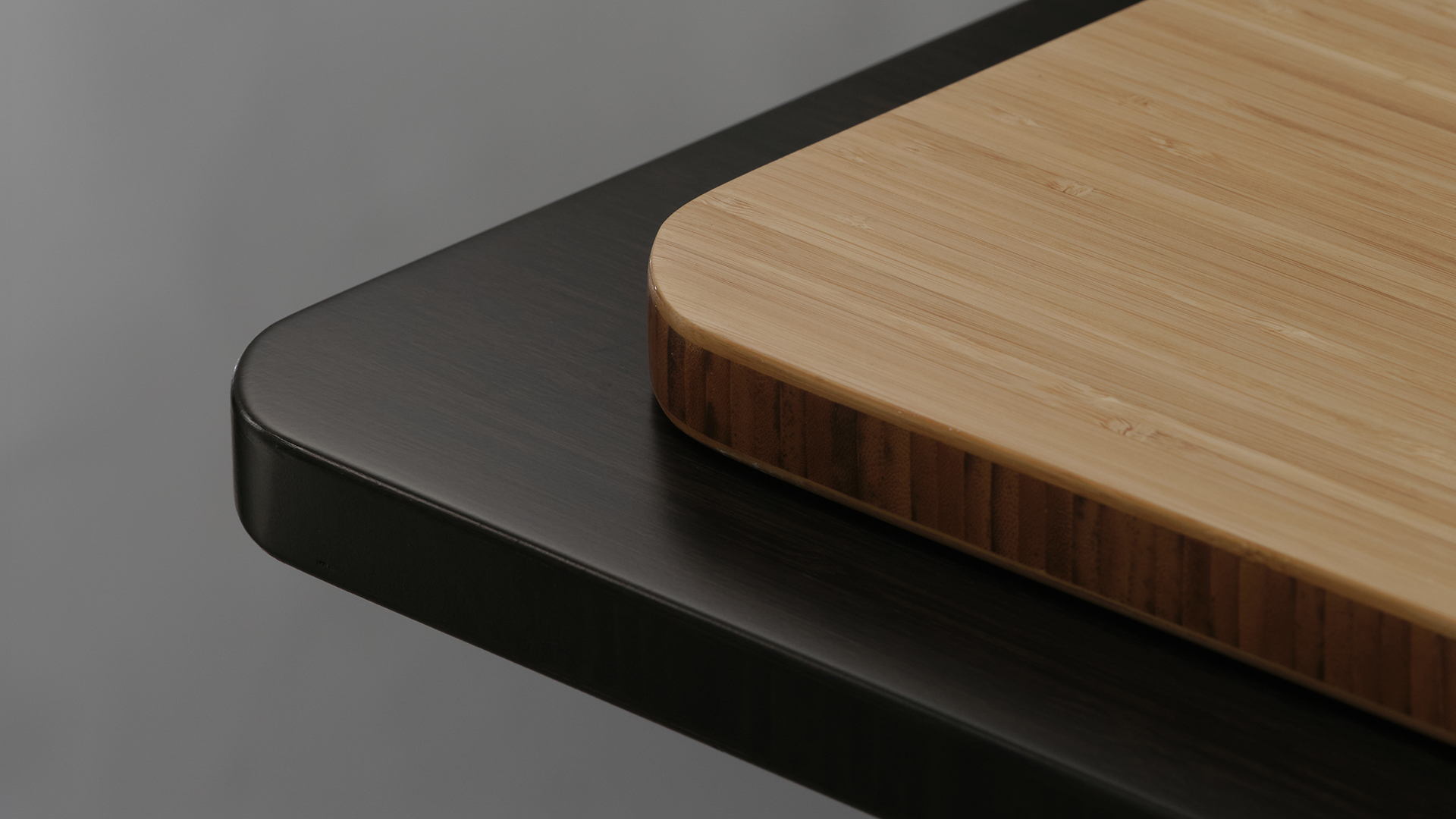
6. Smart Desks Built With the Right Materials
Now that you know the pros and cons of mdf wood vs solid wood, it helps to see what that looks like in action. At Autonomous, we build our standing desks to match your style, performance needs, and design preferences—whether you lean modern or timeless.
6.1. SmartDesk 2: Engineered Strength Meets Modern Simplicity
SmartDesk 2 uses warp-proof MDF wood with smooth finishes and rounded edges—no sharp corners, no cookie-cutter look. Choose from sleek colors like black, white, walnut, or white oak. It’s FSC-certified, sustainable, and works seamlessly with our SPCC steel dual-motor frame.
- Height Range: 28.3" – 47.5"
- Frame: BIFMA certified, 250 lbs lifting capacity
- Top Size: 53" x 29" — perfect for dual monitors
- Setup Time: Under 30 minutes with video instructions
This desk is a go-to for anyone who wants quiet power and clean design at an accessible price.
.jpg)
Autonomous SmartDesk 2
| Top | Classic Top |
|---|---|
| Dimensions | 53"L x 29"W x 1"H |
| Shipping dimensions | 56"L x 33"W x 3"H x 47 lbs |
| Colors | White, Black, Walnut, White Oak, Bamboo |
| Material | Warp-proof MDF wood Natural Bamboo |
| Model | 2-Stage | 3-Stage |
|---|---|---|
| Motor type | Dual | Dual |
| Lifting speed | 1.1”/sec | 2.3”/sec |
| Lifting capacity | 250 lbs | 310 lbs |
| Noise level | 45 dB | 40 dB |
| Height range (without top) | 27.2" - 46.5" | 25.2" - 51" |
| Height range (with top) | 28.3" - 47.5" | 26.2" - 52" |
| Length range | 39.8'' - 59'' | 40" - 73" |
| Frame foot width | 23.6'' | 27.5" |
| Material | SPCC steel | SPCC steel |
| Colors | White, Black | White, Black, Grey |
| Outlet voltage | 110-240V | 110-240V |
| Anti - collision | Yes | Yes |
| Shipping dimensions | 39"L x 11"W x 9"H x 51 lbs | 43"L x 13"W x 10"H x 70 lbs |
6.2. SmartDesk Levitate 2: Natural Wood Meets Next-Level Tech
For those who want a desk that feels as premium as it looks, SmartDesk Levitate 2 features a natural solid ash wood surface. It's a warm, tactile upgrade that brings real woodgrain to your fingertips—and it’s just as functional as it is beautiful.
- Height Range: 26.2" – 52"
- Material: Solid ash wood top with contoured 1.89" radius edge
- Frame: Four-leg quad-motor frame with 380 lbs lifting capacity
- Control: Hover sensor or hidden button for hands-free adjustment
- Extras: Built-in power system + cable groove for no-clutter setups
With its minimalist look and quad-leg stability, it blends into modern spaces while offering top-tier performance for serious work (or play).
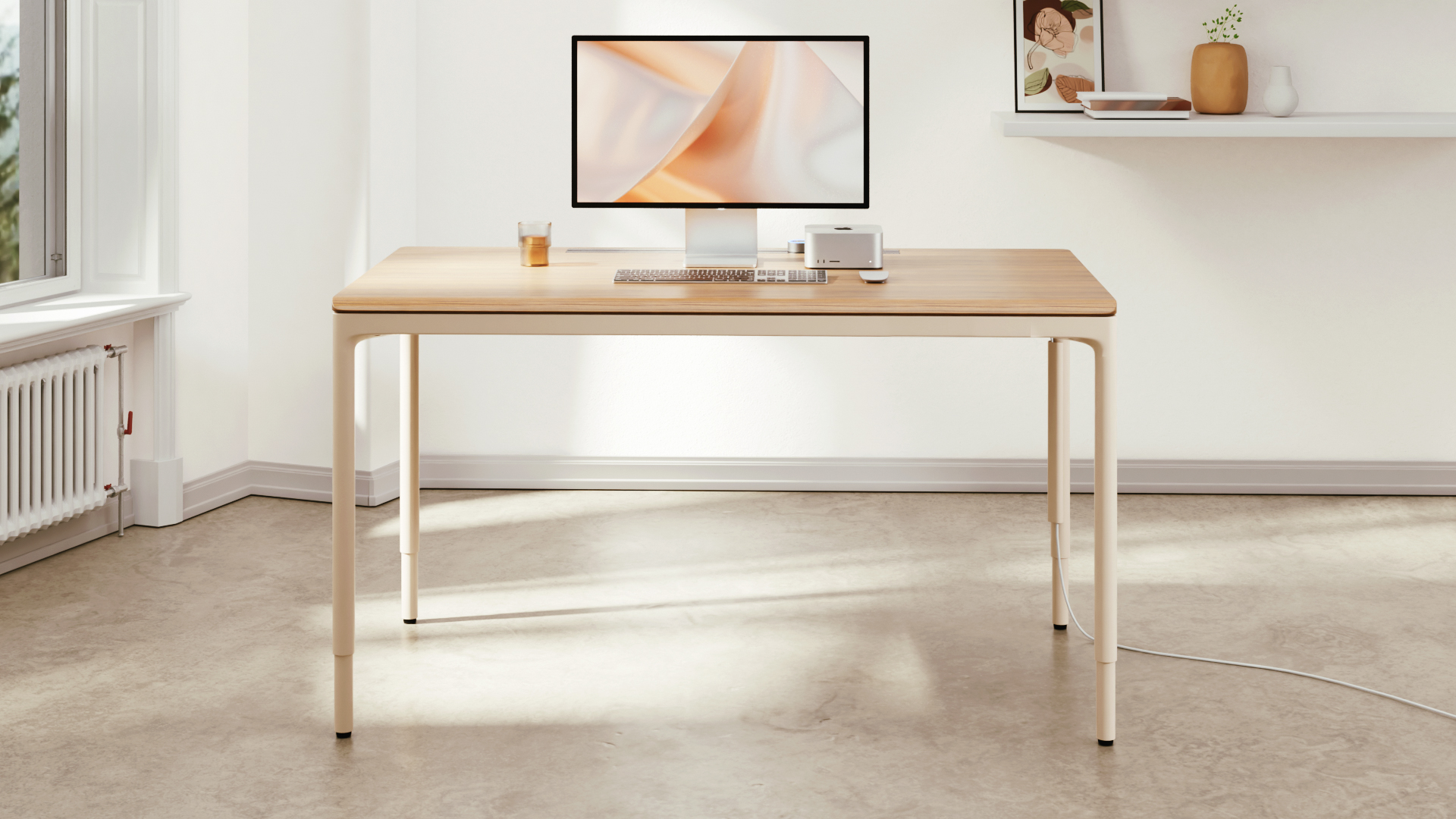
SmartDesk Levitate 2
| Top | Classic Top | Ultra Top |
|---|---|---|
| Dimensions | 53"L x 29"W x 1.2"H | 59"L x 31.5"W x 1.2"H |
| Shipping dimensions | 56"L x 32"W x 3"H x 53lbs | 62"L x 35"W x 3"H x 64lbs |
| Cable management | 0.4" groove on the desktop | 0.4" groove on the desktop |
| Colors | Bright Ash | Bright Ash |
| Material | Natural Solid Ash wood | Natural Solid Ash wood |
| Coating | Nitrocellulose | Nitrocellulose |
| Net Weight | 50 lbs | 55 lbs |
| Class of protection | Front IP53 |
|---|---|
| Handset | Non-touch control / One-button control |
| Handset color | Black |
| Motor type | Quad |
| Column style | Round |
| Column size | 1.4" - 1.7" |
| Load capacity | 380 lbs |
| Material | SPCC steel |
| Speed | 1.25 in/s |
| Sound level | <45 dB |
| Rated voltage | 110-250V |
| Frame size | Classic Frame: 53"L x 29"W Ultra Frame: 59"L x 31.5"W |
| Height range | 26.8" - 44.1" (without Top) |
| Surface | Power coating |
| Color | Moderate White |
| Configuration | Embedded handset |
| Anti-collision technology | Yes |
| Storage and transport temperature | 14°F - 158°F |
| Net weight | 65 lbs |
7. FAQs
Is MDF as strong as wood?
Not quite. MDF is strong for its price and purpose, but it doesn’t match the strength of solid wood. It holds up well for light to moderate use but may sag under heavy weight over time. Solid wood is naturally more durable and structurally sound.
Is MDF heavier than wood?
It depends on the type of solid wood. MDF is denser than some softwoods (like pine), but generally solid wood is heavier—especially hardwoods like oak or maple. This makes solid wood tabletops more stable, but harder to move or install.
Is MDF considered solid wood?
No. MDF is not solid wood. It's an engineered wood product made from wood fibers, resin, and wax. Solid wood refers to lumber cut directly from trees without breaking it down into particles.
Is MDF wood good quality?
Yes, MDF can be good quality when used correctly. It's stable, smooth, and versatile—great for painted or laminated surfaces. However, it’s not ideal for high-impact or long-term use compared to solid wood.
Is solid wood better than MDF?
In many cases, yes. Solid wood is better than MDF for strength, longevity, and natural beauty. But MDF has the edge when it comes to affordability, consistency, and modern finishes. The “better” choice depends on your needs and budget.
Final Verdict: MDF Wood vs Solid Wood
So, mdf wood vs solid wood—which one should you go with? It really comes down to what matters most to you.
If you're looking for something affordable, lightweight, and easy to set up, MDF will get the job done without breaking the bank. It’s especially common in modern setups like a bamboo standing desk, where the top surface is sustainable but built on an engineered core.
But if you're investing in a long-term workspace and want something sturdy, natural, and beautiful, solid wood is worth the splurge. Whether you prefer the warmth of a walnut standing desk, the light grain of an oak standing desk, or just want to learn how to choose the right wood standing desk, the options are rich and rewarding.
Either way, make sure your standing desk frame is strong enough to support the tabletop you choose—especially if you're eyeing a solid wood slab for maximum durability and aesthetics.
Stay connected with us!
Subscribe to our weekly updates to stay in the loop about our latest innovations and community news!
Interested in a Link Placement?
Spread the word
.svg)
.svg)


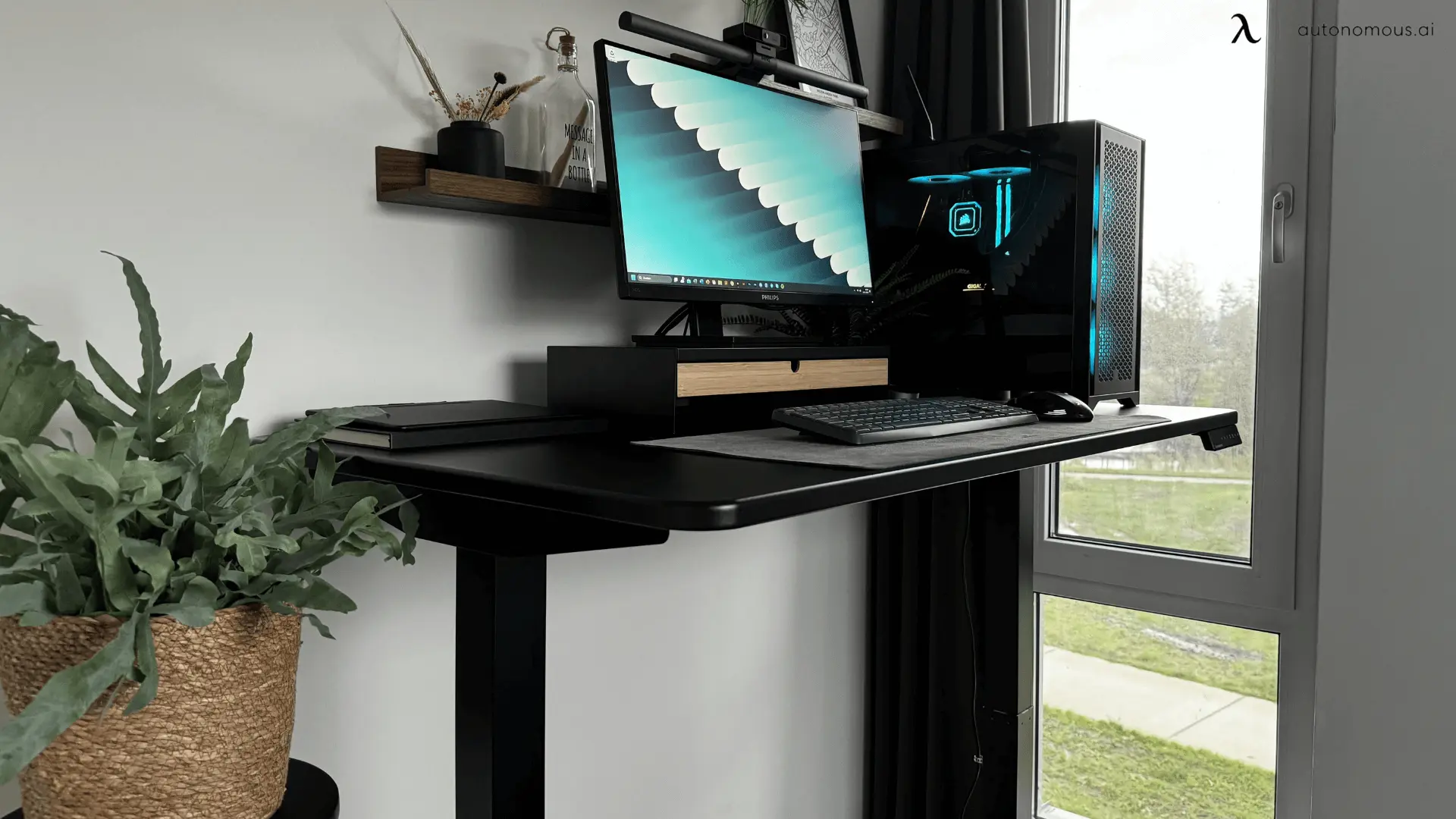
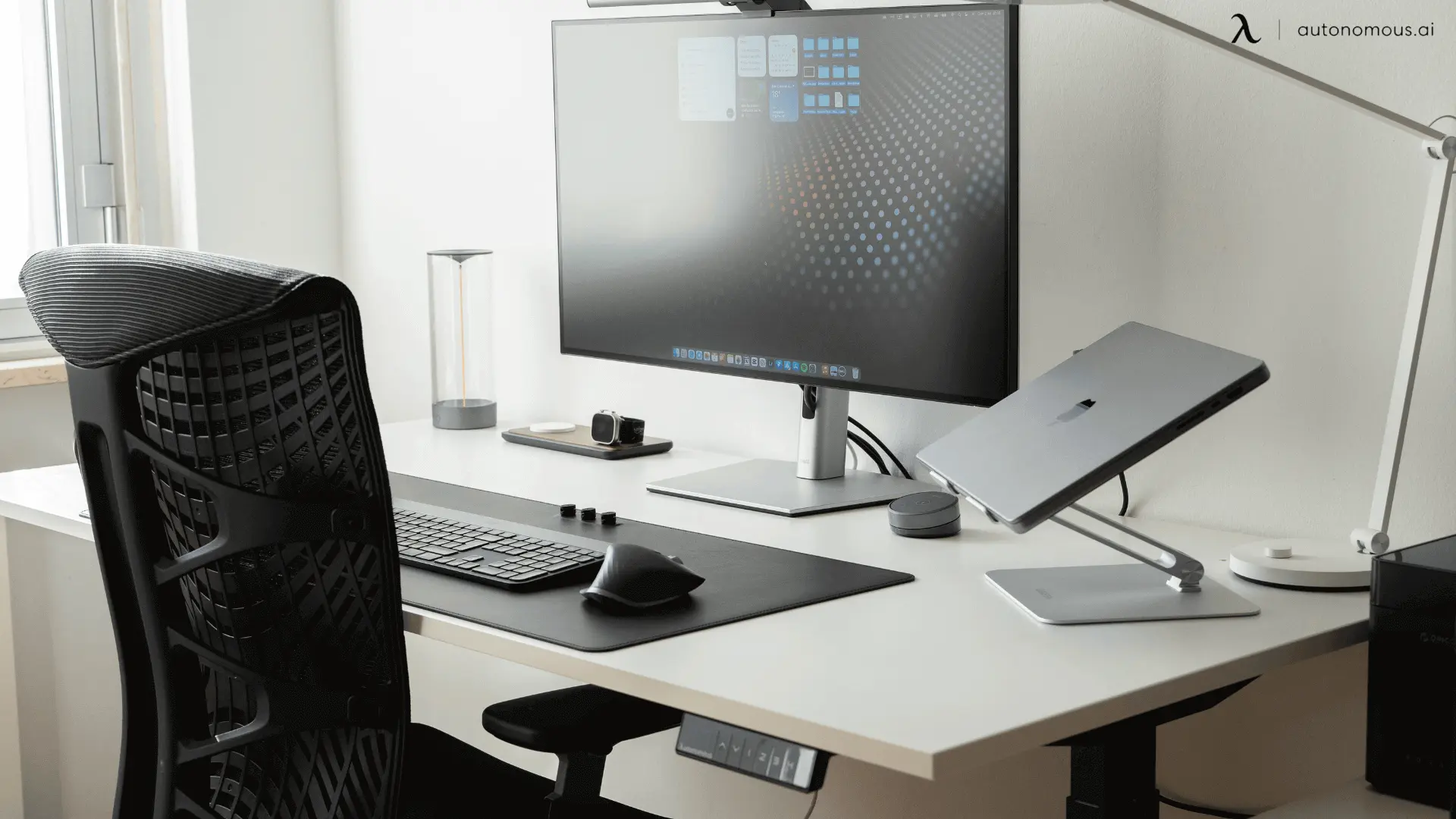
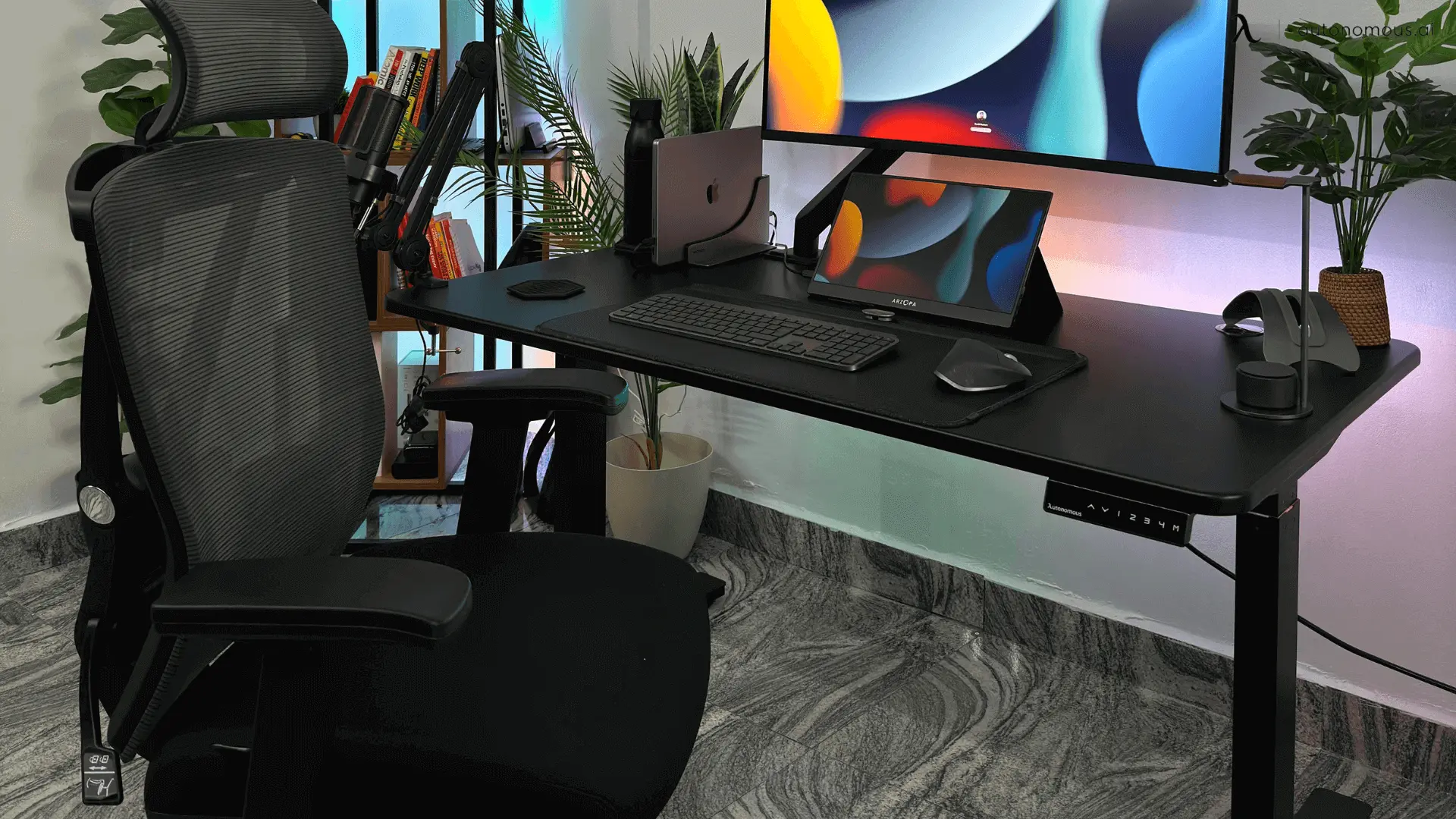

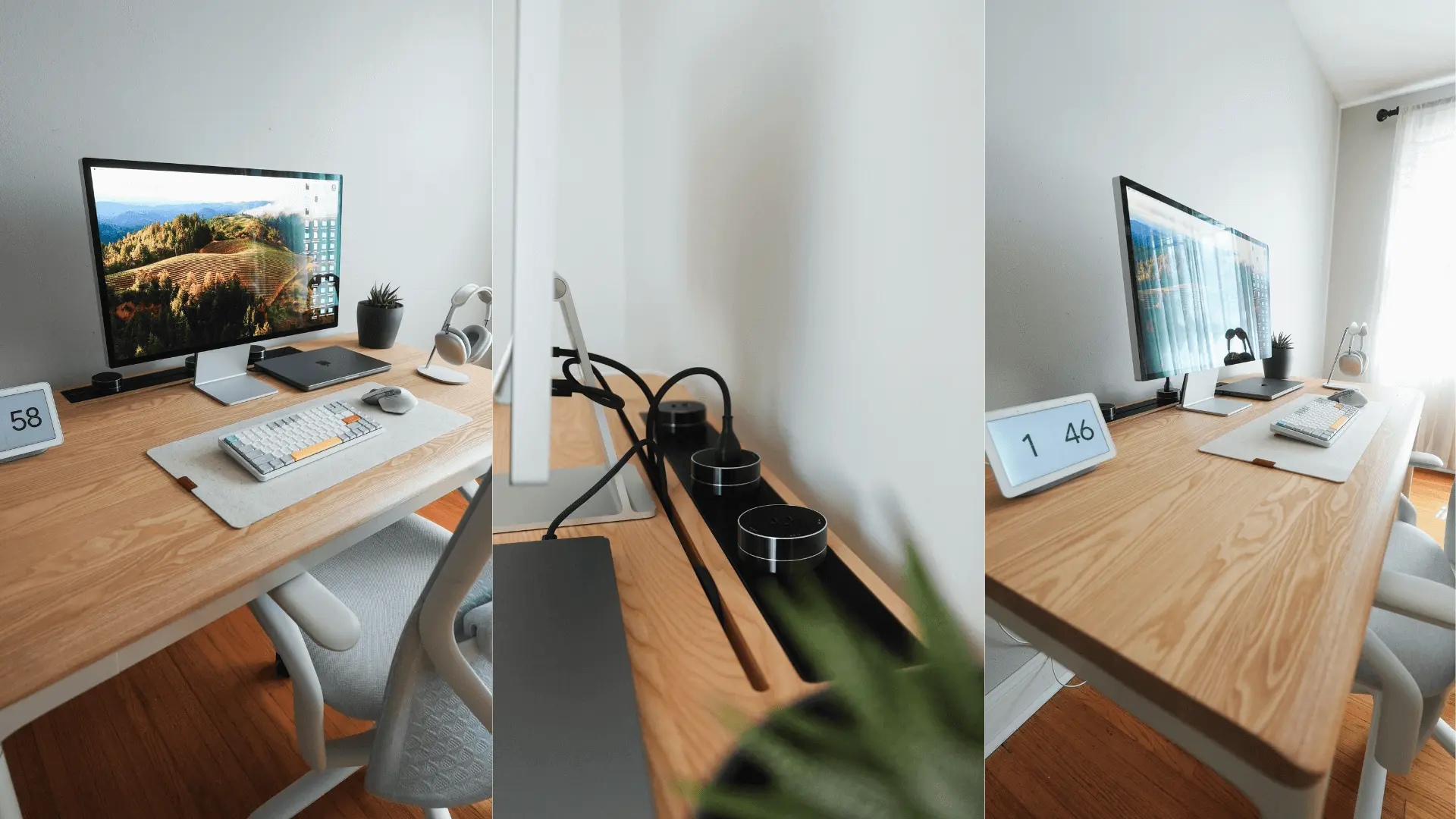
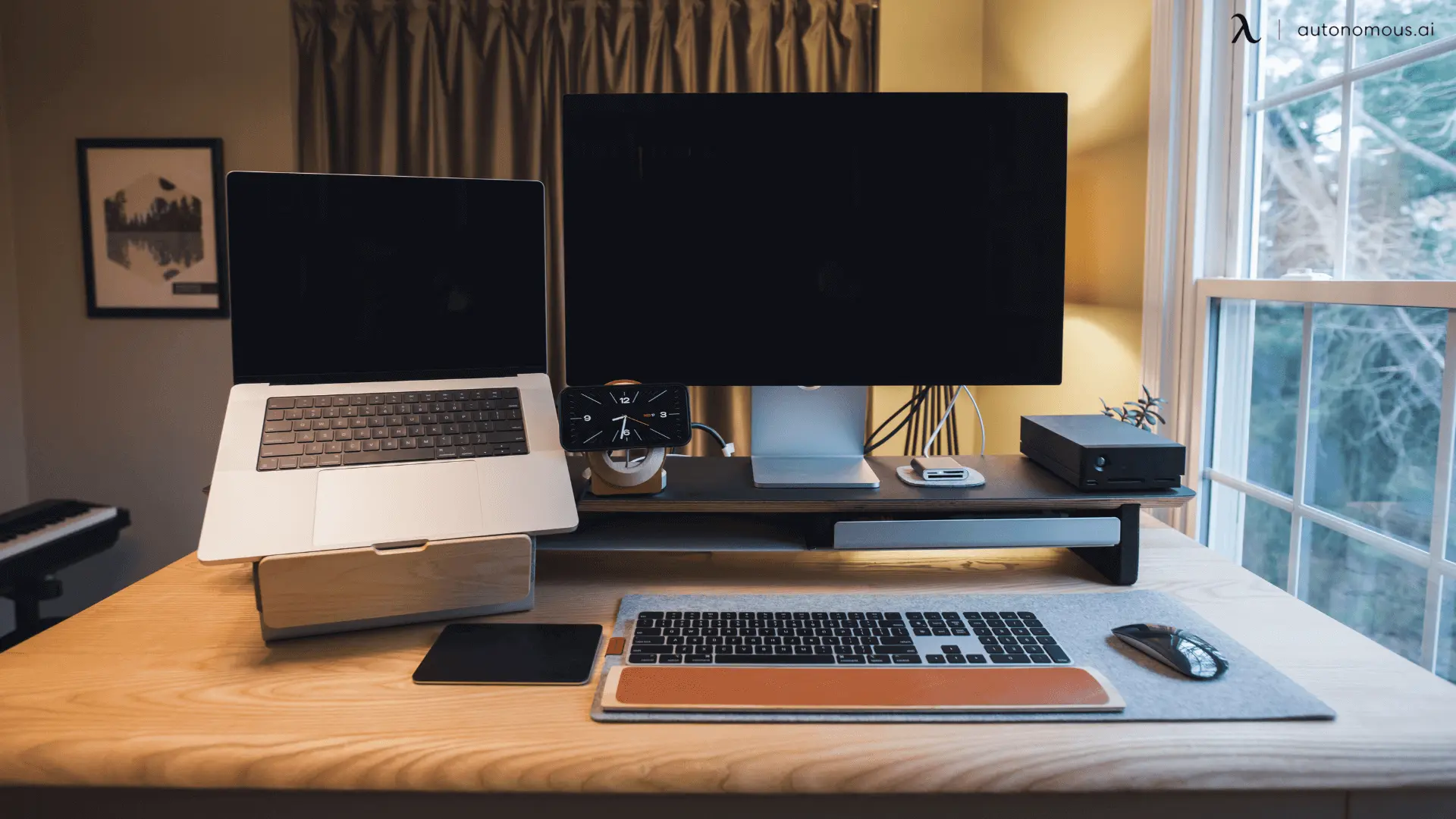
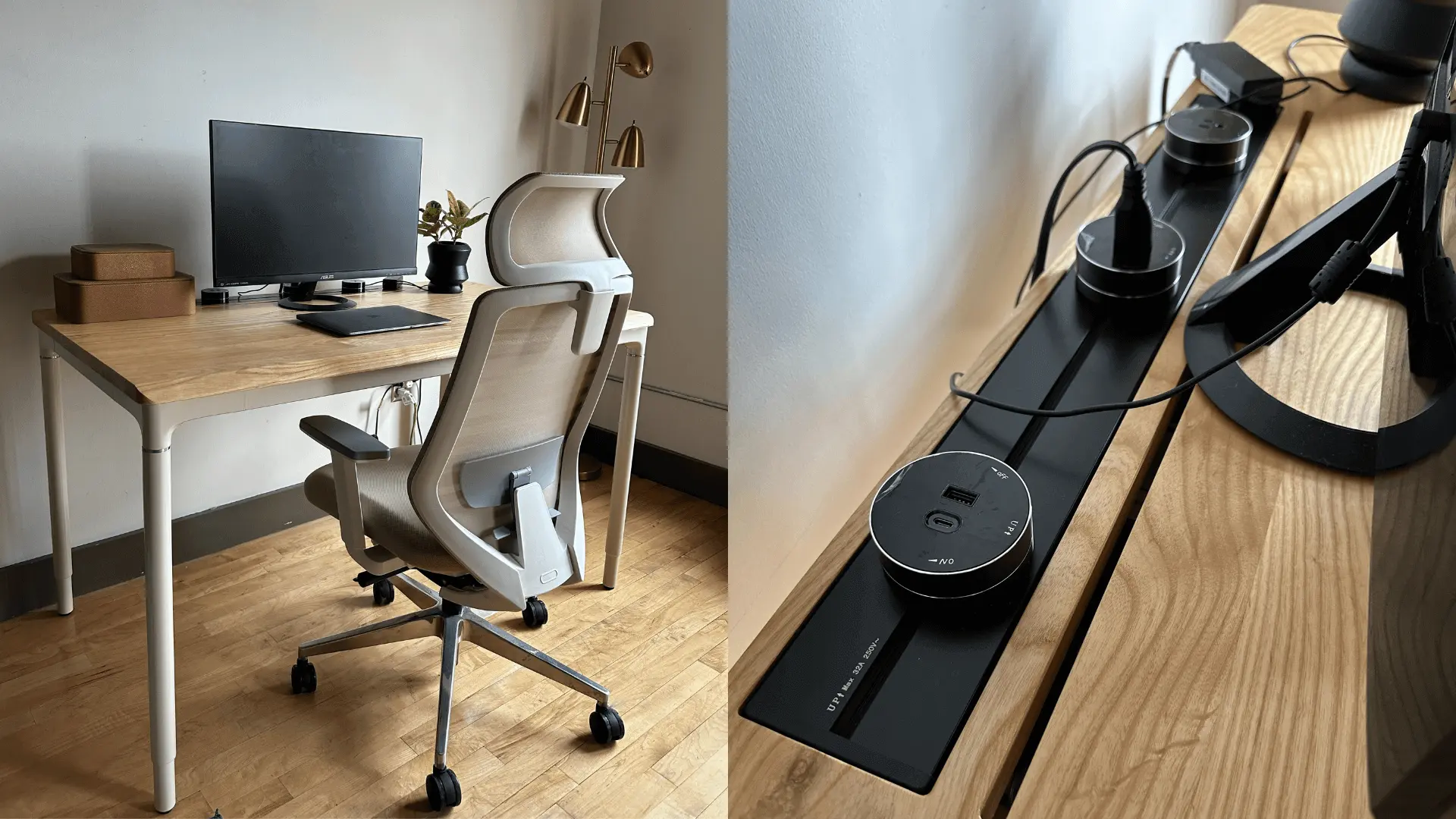

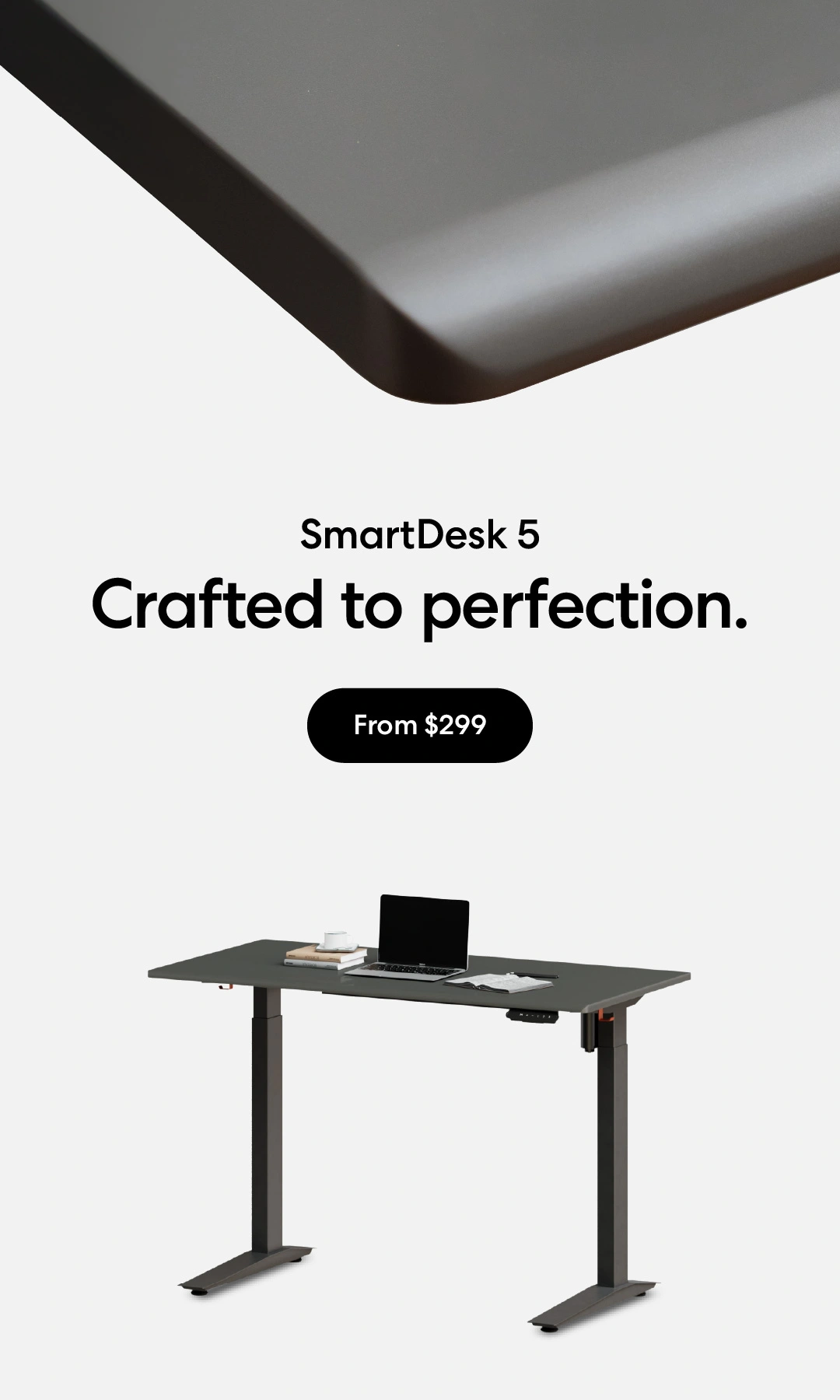
/https://storage.googleapis.com/s3-autonomous-upgrade-3/production/ecm/230914/bulk-order-sep-2023-720x1200-CTA-min.jpg)
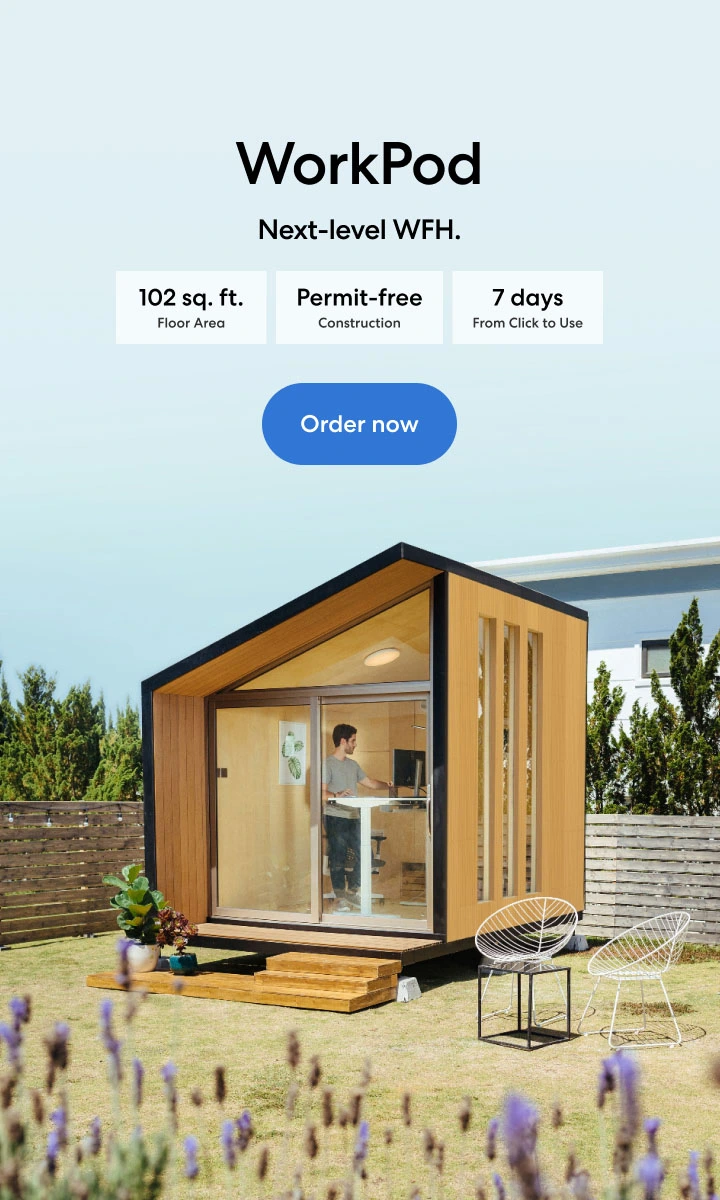
/https://storage.googleapis.com/s3-autonomous-upgrade-3/production/ecm/230824/Alex-28a9a700-5aef-45ab-918e-1bbc4cc5722e.jpg)